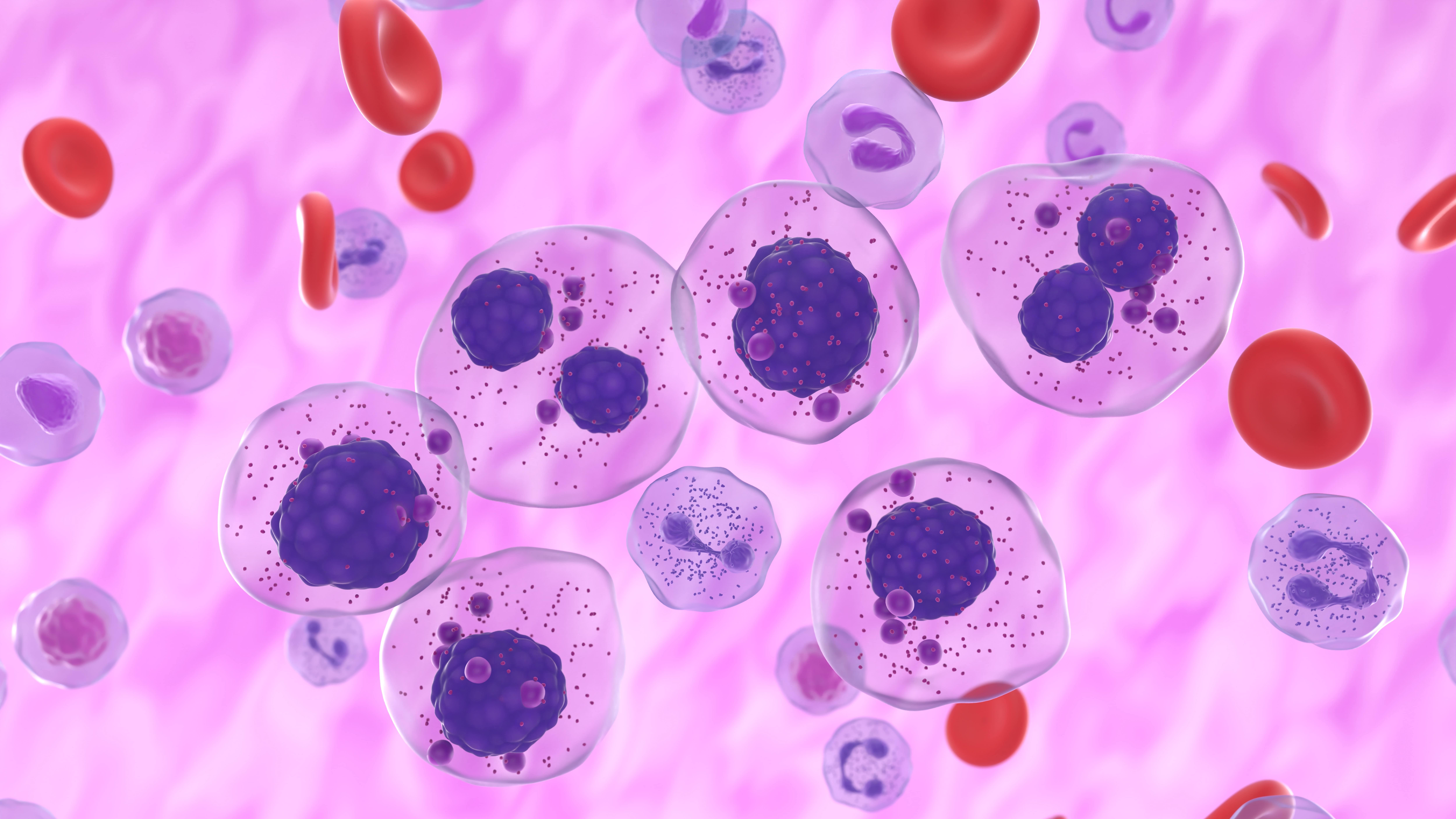
A study published in JCO Oncology Practice assessed variability in cytogenetic testing for multiple myeloma (MM) risk factors across the United States.
The International Myeloma Working Group has identified several cytogenetic abnormalities that are associated with worse prognosis for patients with MM. These factors are identified via testing with conventional karyotyping or fluorescence in situ hybridization (FISH). Though the methodology for these tests have been published, there is a lack of standardization, according to the study authors.
For this analysis, researchers collected assessed variability within the testing and reporting for MM cytogenetics in the large, ongoing African American Multiple Myeloma Study. Clinical and cytogenetic data were available from 1,221 patients, of whom 1,161 received conventional karyotyping and 976 underwent FISH. Testing had occurred between 1998 and 2016 across 58 laboratories in the United States.
The investigators found evidence of interlab and intralab variability on the number of cells collected from patients for karyotyping. Patients with non-high-risk cytogenetics had a significantly higher number of cells analyzed compared with those with abnormal factors.
There were also differences in whether CD138-positive cell enrichment was used in FISH testing. Enrichment was used in 29.7% of patients compared with 50% who did not receive enrichment. The remaining patients had unknown enrichment status. Patients who received CD138 cell enrichment tended to have fewer cells analyzed than patients who did not receive enrichment.
The most frequently tested abnormalities were chromosome 13-related, appearing in 97.9% of tests, while t(14;16) was the least tested, appearing in only 12.2% of test methodologies.
In conclusion, the authors wrote, “We report significant variability in cytogenetic testing across the United States for MM, potentially leading to variability in risk stratification, with possible clinical implications and personalized treatment approaches.”







 © 2025 Mashup Media, LLC, a Formedics Property. All Rights Reserved.
© 2025 Mashup Media, LLC, a Formedics Property. All Rights Reserved.